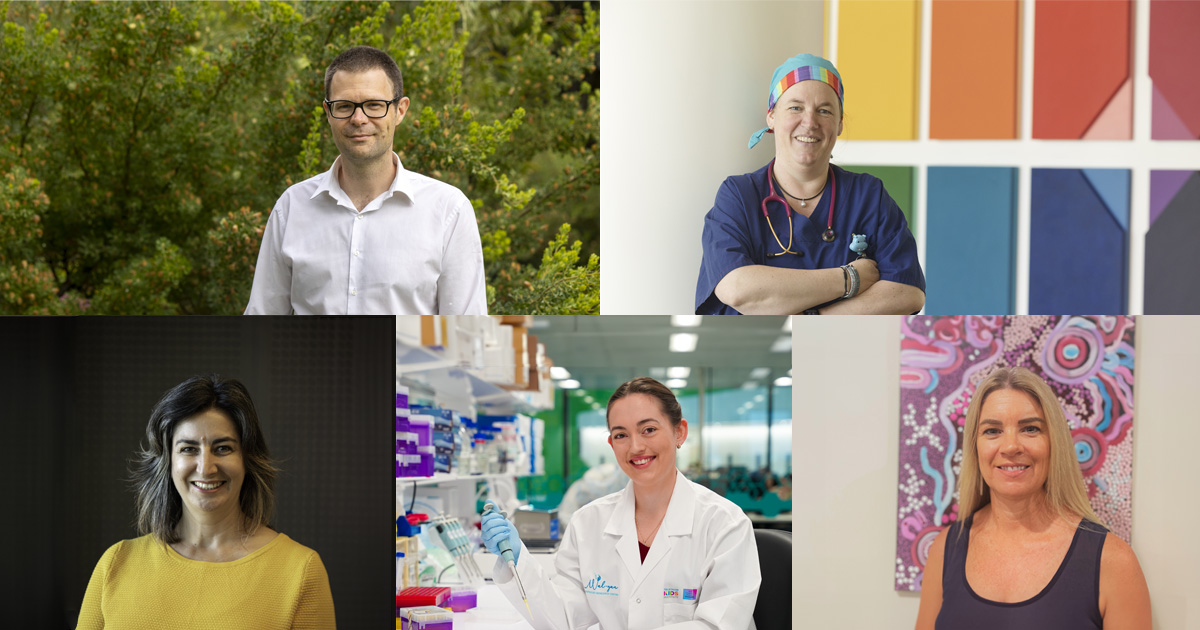Search
Research
Association of preoperative nocturnal hypoxaemia nadir and fentanyl ventilatory sensitivity in children with obstructive sleep apnoea undergoing general anaesthesiaObstructive sleep apnoea (OSA) has been thought to increase the risk of respiratory depression from opioids. The primary aim of this study was to assess whether preoperative hypoxaemia by sleep study pulse oximetry imparts greater opioid sensitivity.
Research
Fit testing of N95 or P2 masks to protect health care workersCoronavirus disease 2019 (COVID-19) is caused by severe acute respiratory syndrome coronavirus 2 (SARS-CoV-2) and has many similarities to severe acute respiratory syndrome (SARS) and Middle East respiratory syndrome (MERS). While reported morbidity and mortality from COVID-19 are lower than from SARS and MERS, many health care workers have been infected (up to 15% of health care workers in Victoria).
Research
A survey of the global impact of COVID-19 on the practice of pediatric anesthesia: A study from the pediatric anesthesia COVID-19 Collaborative GroupPediatric anesthesiology has been greatly impacted by COVID-19 in the delivery of care to patients and to the individual providers. With this study, we sought to survey pediatric centers and highlight the variations in care related to perioperative medicine during the COVID-19 pandemic, including the availability of protective equipment, the practice of pediatric anesthesia, and economic impact.

News & Events
The Kids researchers named as finalists in 2023 Premier’s Science AwardsFive The Kids Research Institute Australia researchers working across diverse and highly impactful areas of child health research have been named as finalists for the 2023 Premier’s Science Awards.
Research
Procedural anesthesia and sedation for children undergoing diagnostic and medical procedures — A review of postprocedural pain, nausea, and vomiting by questionnaire-based surveySedation and anesthesia are widely used to relieve pain and ensure cooperation during elective diagnostic and medical procedures in the pediatric population. However, there is currently limited evidence about the recovery trajectory following deep sedation or general anesthesia for such procedures in children.
Research
Comparison of two measures of behavior change in children after day surgeryA contemporary, well-validated instrument for the measurement of behavior change in children after general anesthesia is lacking. The Post Hospitalization Behavior Questionnaire for Ambulatory Surgery (PHBQ-AS) has been developed as an updated version of the original Post Hospitalization Behavior Questionnaire (PHBQ) to better reflect the current patient population and modern anesthetic practices.
Research
Assessment of different techniques for the administration of inhaled salbutamol in children breathing spontaneously via tracheal tubes, supraglottic airway devices, andPerioperative respiratory adverse events account for a third of all perioperative cardiac arrests, with bronchospasm and laryngospasm being most common. Standard treatment for bronchospasm is administration of inhaled salbutamol, via pressurized metered dose inhaler. There is little evidence on the best method of attaching the pressurized metered dose inhaler to the artificial airway during general anesthesia. The aim of this study is to investigate the best method to deliver aerosolized salbutamol via pressurized metered dose inhaler to the lungs of an anesthetized child.
Research
The effect of the COVID-19 pandemic on paediatric anaesthesia research as evidenced by the contrasting recruitment experiences of centres in Australia and ScotlandBritta Regli-von Ungern-Sternberg AM FAHMS MD, PhD, DEAA, FANZA Chair of Paediatric anaesthesia, University of Western Australia; Consultant
Research
Impact of airway and a standardized recruitment maneuver on CT chest imaging quality in a pediatric population: A retrospective reviewWhen performing computerized tomography chest imaging in children, obtaining high quality, motion-free images is important in the accurate diagnosis of underlying pathology. General anesthesia is associated with the development of atelectasis, which can impair accurate diagnosis by obscuring or altering the appearance of the lung parenchyma or airways.
Research
Atelectasis and lung recruitment in pediatric anesthesia: An educational reviewGeneral anesthesia is associated with development of pulmonary atelectasis. Children are more vulnerable to the development and adverse effects of atelectasis. We review the physiology and risk factors for the development of atelectasis in pediatric patients under general anesthesia.
